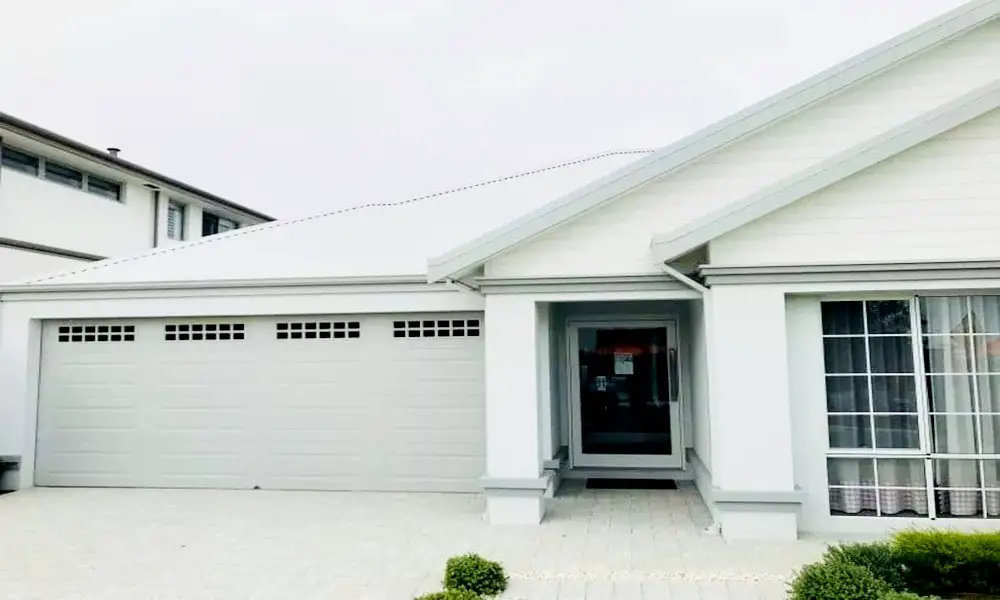Garage Door Fire Rating

Ensuring the safety of a home is not merely about having sturdy locks on doors and windows or installing state-of-the-art security systems. It encompasses a holistic approach that includes factors often overlooked, such as the fire rating of a garage door. I cannot stress enough the importance of giving due consideration to this aspect of home construction.
Requirements According to the International Residential Code (IRC)
The International Residential Code (IRC) sets forth specific requirements for protecting openings between a garage and the living space of a house. According to Section R302.5.1 of the code, any opening between these areas must be equipped with a door that meets certain criteria.
Acceptable Types of Doors
There are several types of doors that meet the fire safety requirements outlined in the IRC. These include:
- Solid Wood Door: A solid wood door used for this purpose must be not less than 1-3/8 inches thick.
- Solid or Honeycomb-Core Steel Door: Similar to a solid wood door, a solid or honeycomb-core steel door must also be not less than 1-3/8 inches thick to meet the standards.
- 20-Minute Fire-Rated Door: This type of door is specifically designed and tested to withstand fire for a minimum of 20 minutes, providing valuable time for evacuation and containment of the fire.
Installation Requirements
In addition to selecting the appropriate type of door, proper installation is crucial for ensuring its effectiveness. All doors leading from the garage to the living space must be equipped with a self-closing or automatic-closing device. This ensures that in the event of a fire, carbon monoxide or other combustible fumes from the garage do not freely flow into the living area.
Location Restrictions
It’s important to note that the IRC prohibits openings between a garage and a sleeping room. This means that there cannot be a direct opening from the garage into a bedroom. However, other openings between the garage and the house, such as those leading to the living room, should also be equipped with a protective door to prevent the spread of fire.
Swing Direction
Interestingly, the IRC does not specify the direction in which fire-rated doors between the garage and the house should swing. Whether the door swings inward or outward is not explicitly defined, providing flexibility in installation.
Conclusion
The fire rating of a garage door is a critical aspect of home safety that should not be overlooked. By choosing the right type of door and ensuring proper installation, homeowners can greatly reduce the risk of fire spreading from the garage to the living space, ultimately protecting their property and loved ones.
FAQs
Why is the fire rating of garage doors important?
The fire rating of garage doors is important because it determines how well the door can withstand fire and prevent its spread to other parts of the house.
What is the minimum thickness required for a solid wood door according to the IRC?
According to the IRC, a solid wood door used in this context must be not less than 1-3/8 inches thick.
Do all garage doors need to be fire-rated?
No, not all garage doors need to be fire-rated. However, if there is a door separating the garage from the living space, it must meet certain fire safety requirements.
Why do fire-rated doors need to have a self-closing device?
Fire-rated doors need to have a self-closing device to ensure that in the event of a fire, carbon monoxide or other combustible fumes from the garage do not freely flow into the living area.
Can I install a fire-rated door myself, or do I need a professional?
While it’s possible to install a fire-rated door yourself, it’s recommended to hire a professional to ensure proper installation and compliance with safety standards.


